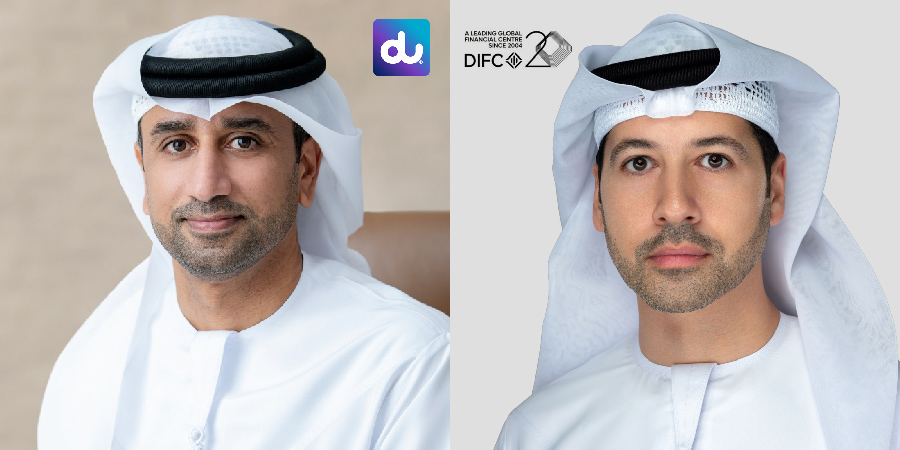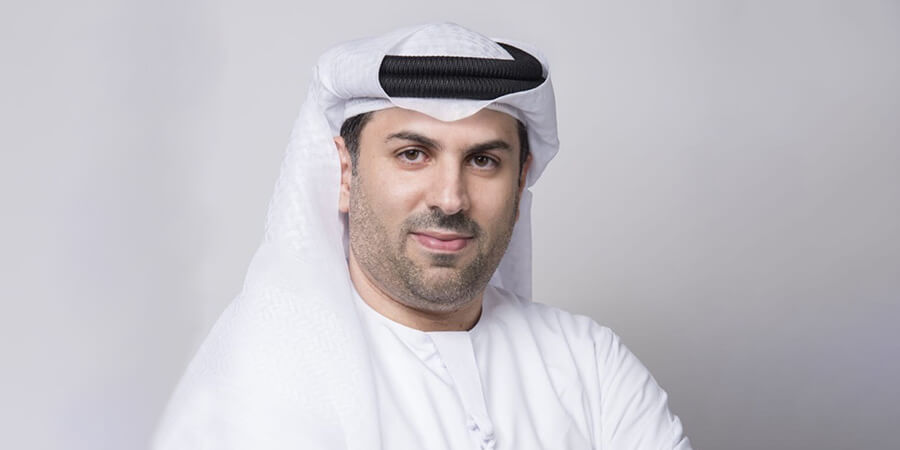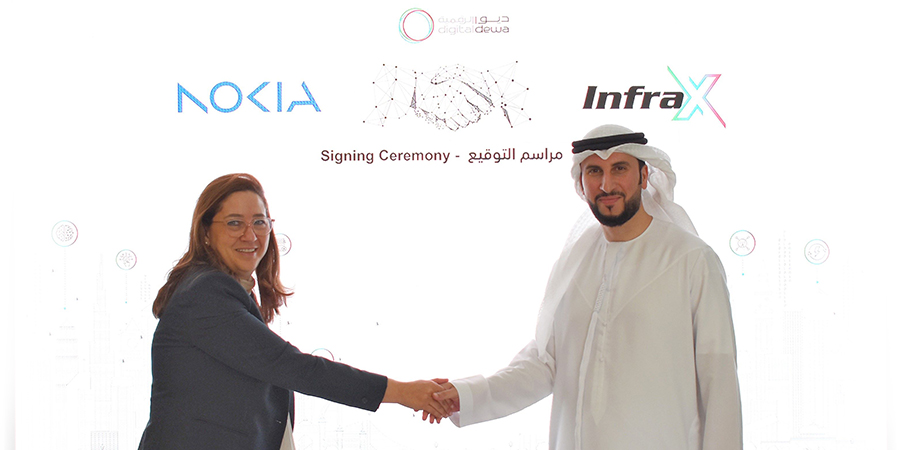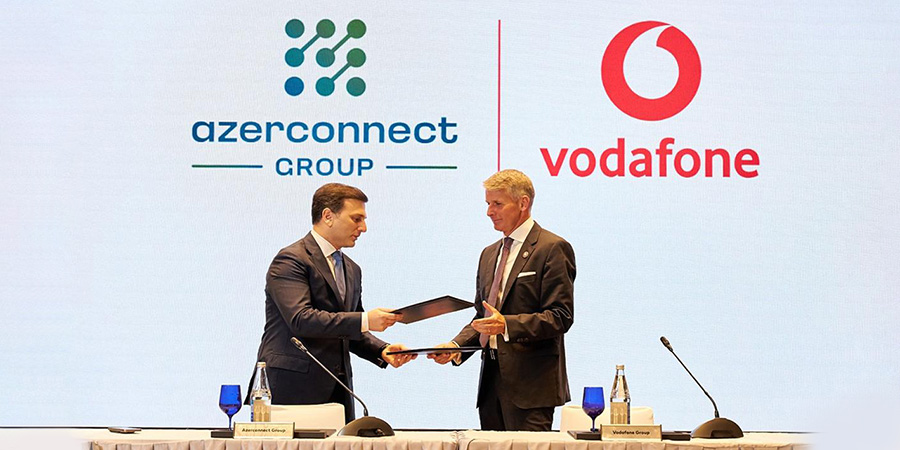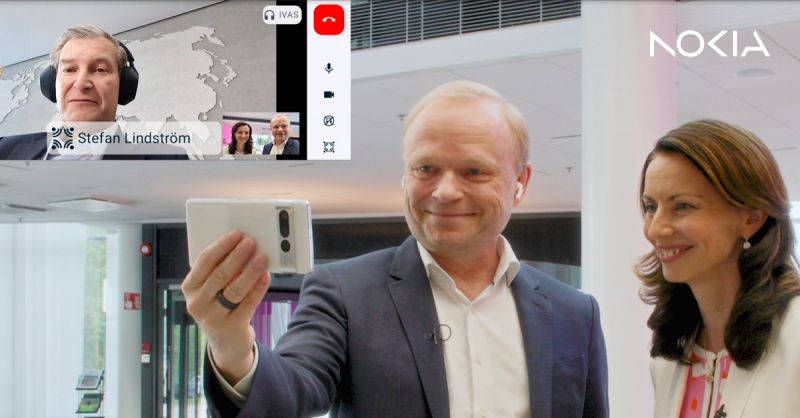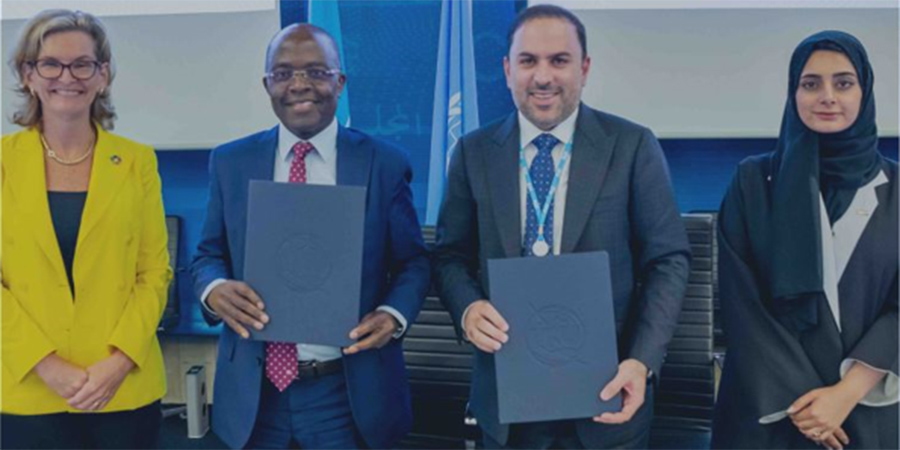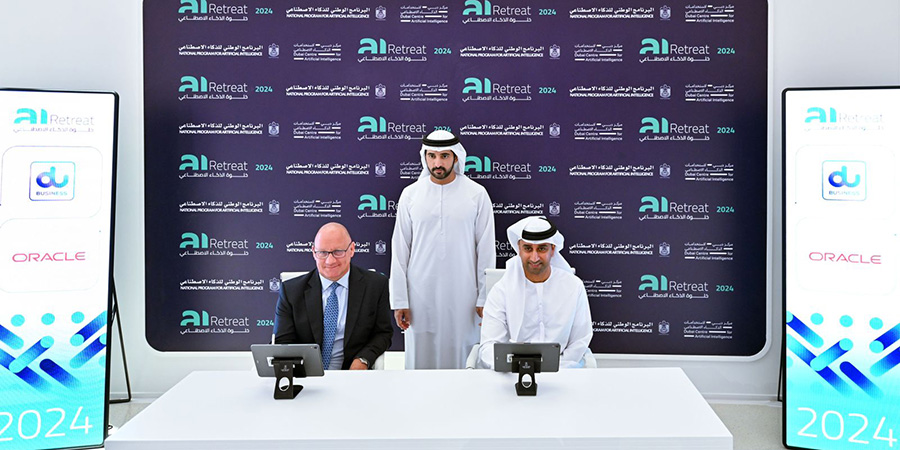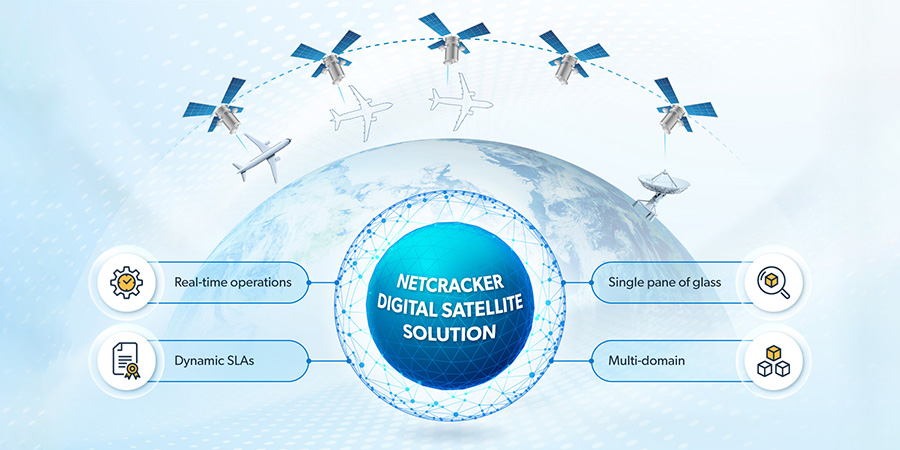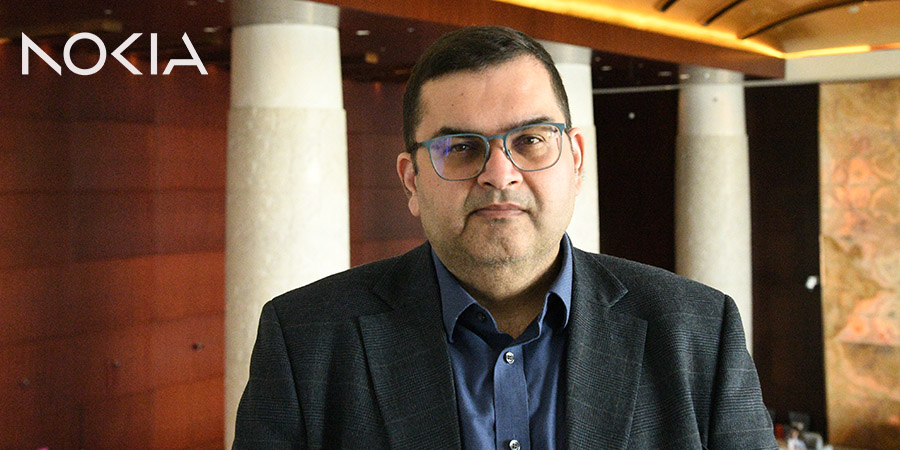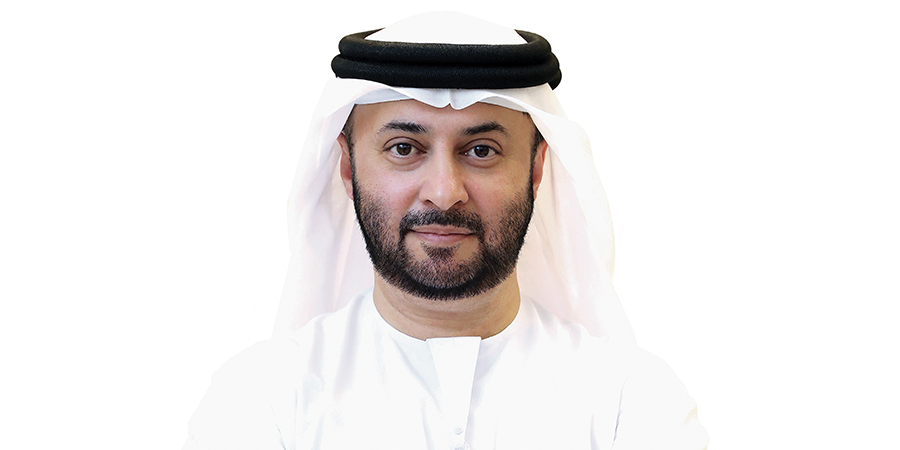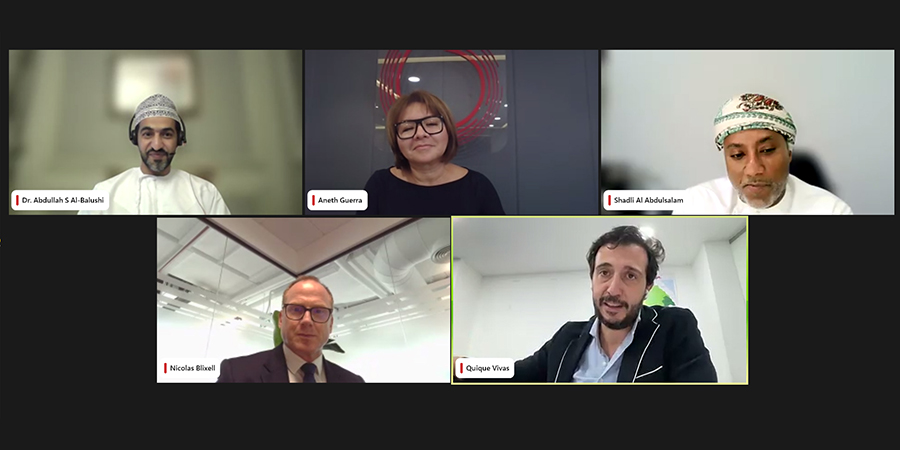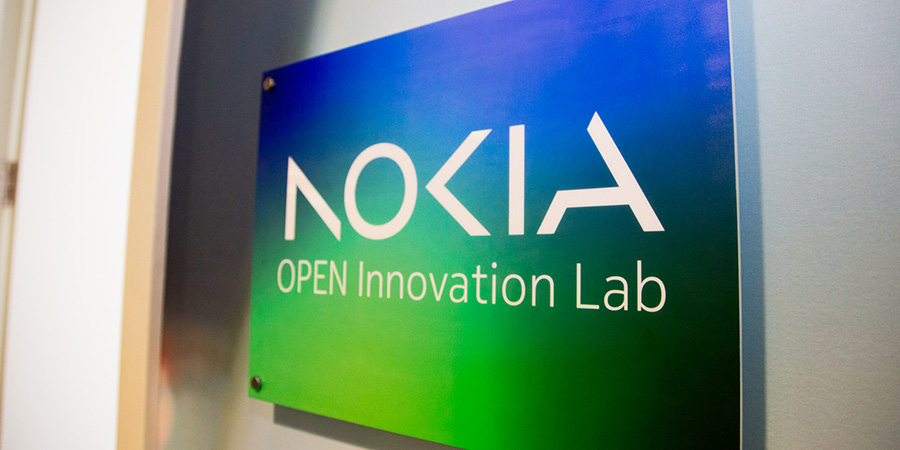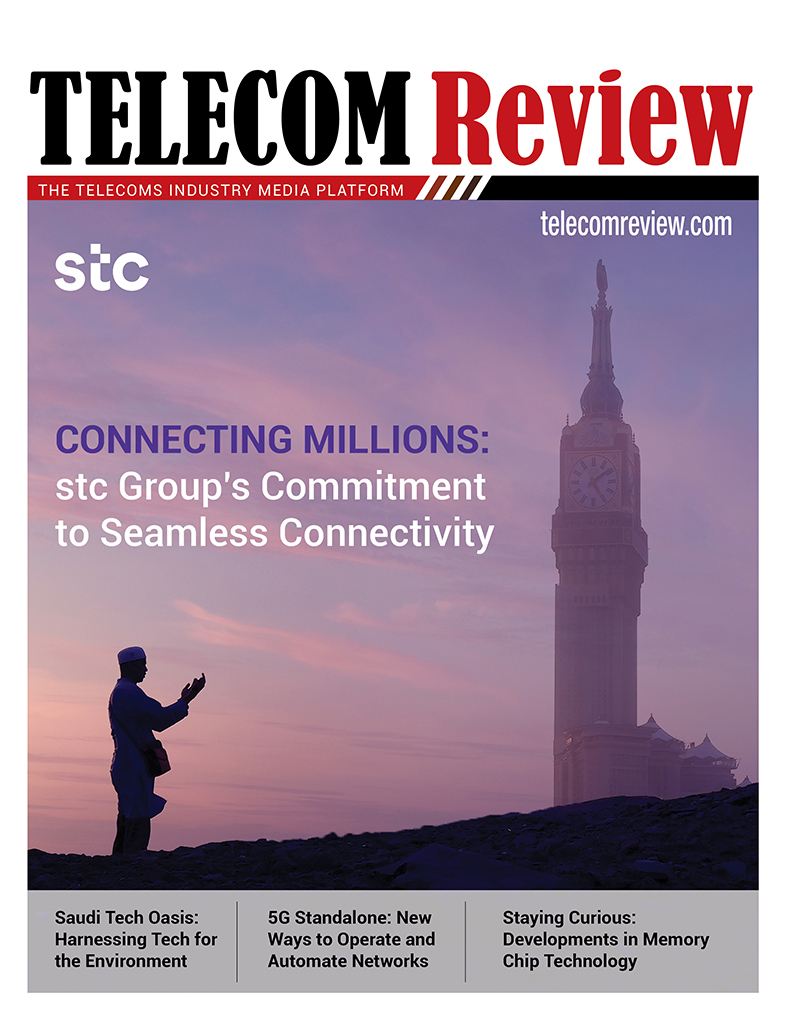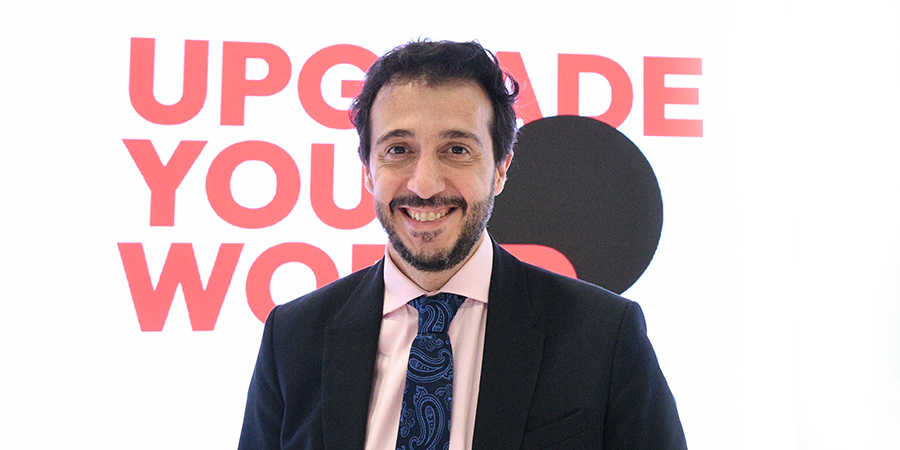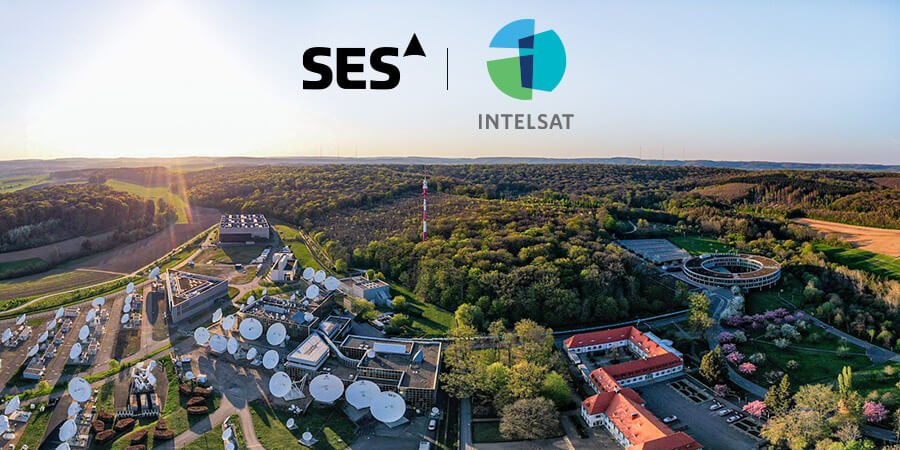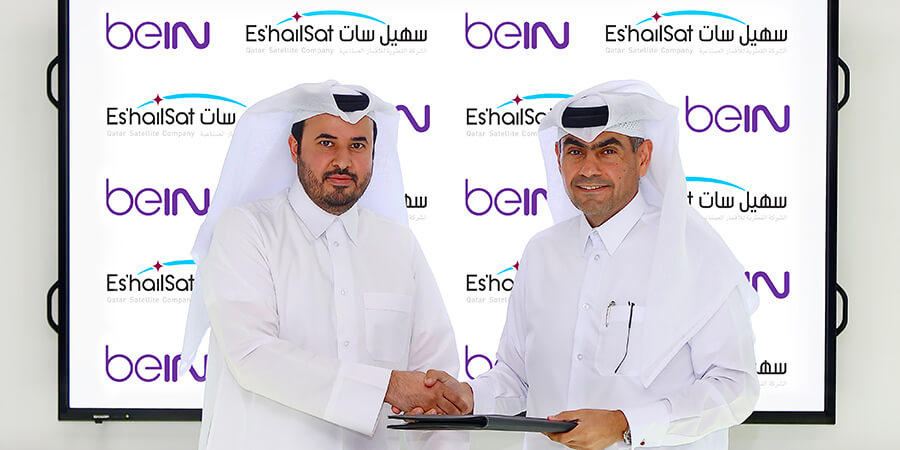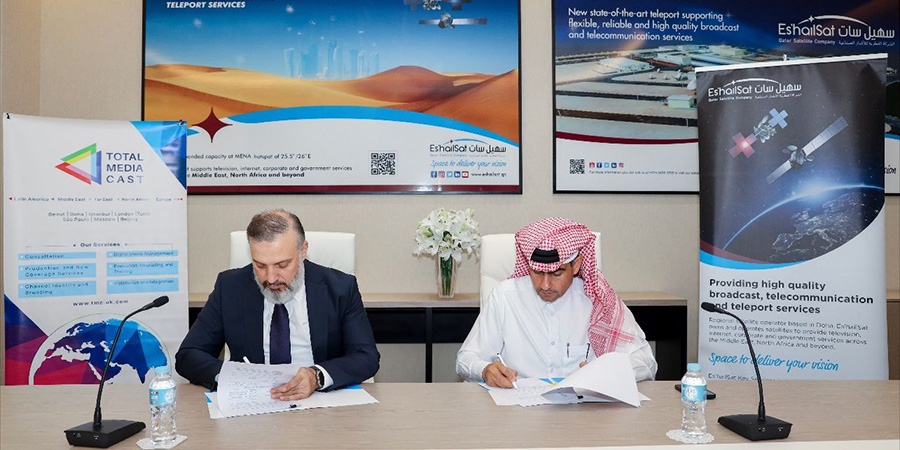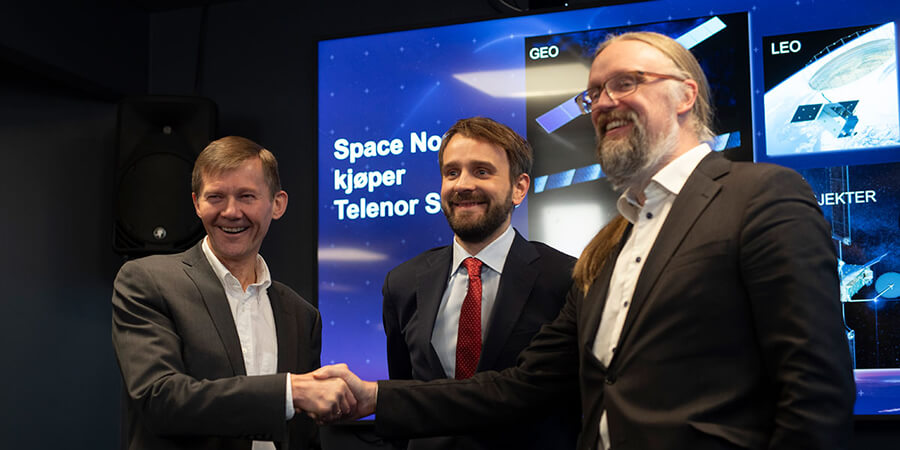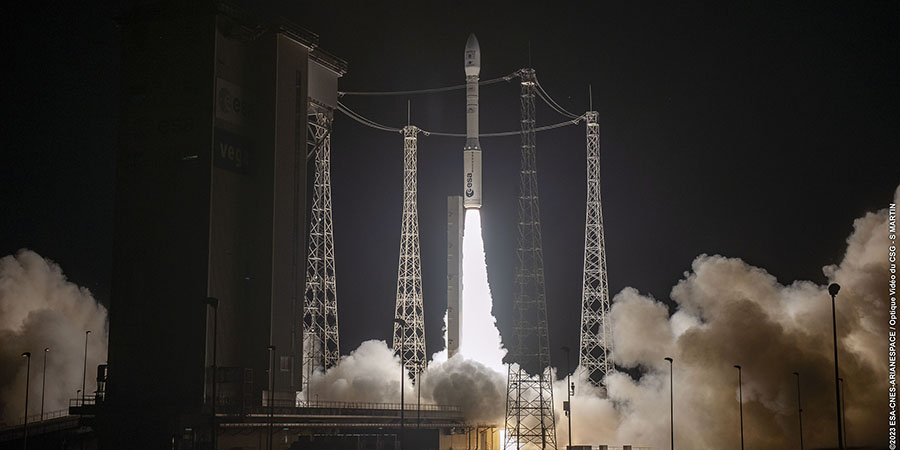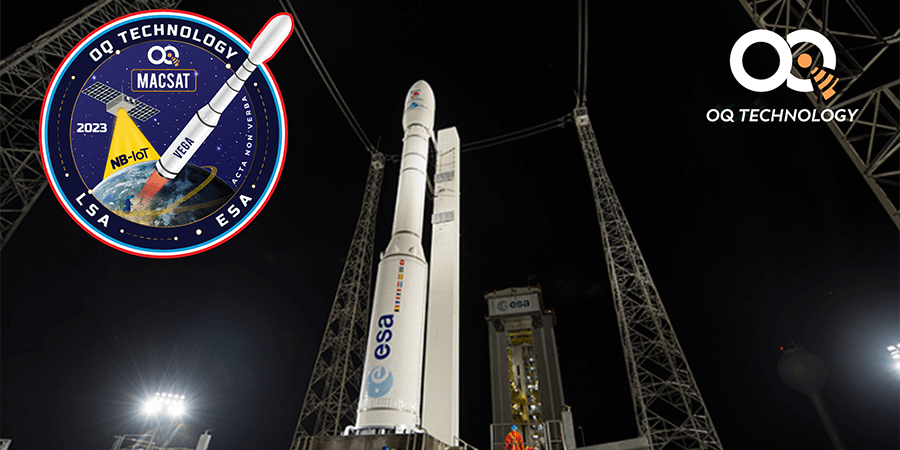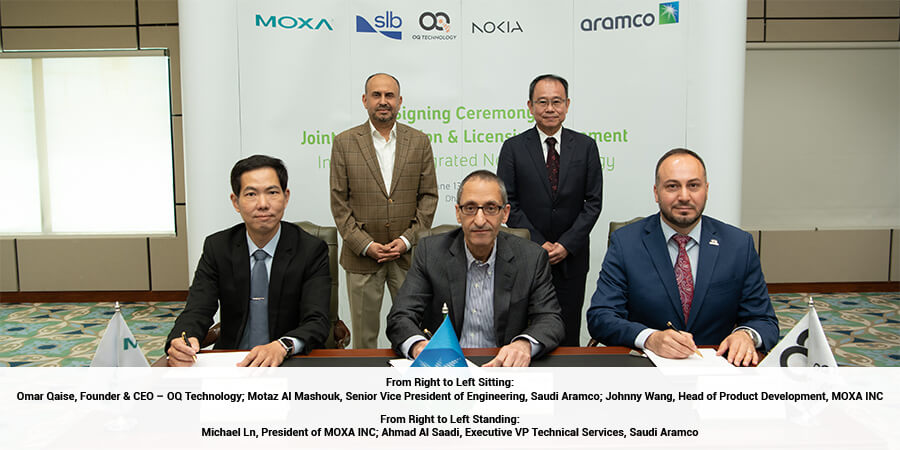As 4G mobile traffic continues to surge and the deployment of 5G wireless networks accelerates, the industry has widely acknowledged multi-antenna and beamforming technologies as the evolutionary path toward 5G-A.
Also Read: 5G-Advanced: Catalyzing Transformative Digitalization in the Middle East
Multi-antenna technology will help increase the signal transmission speed and reliability, thereby improving user experience, network capacity, and coverage. The beamforming controls the phase and amplitude of the antenna array to focus the signals toward the UEs (User Equipment) for transmission. This also improves signal transmission speed and coverage area and reduces power consumption and interference. These two technologies are interdependent and gradually converge; more antenna ports enable beamforming to be more focused and accurate, thereby obtaining higher gains. The 3GPP protocol also continues to develop and evolve in the two directions. The corresponding technical standards are discussed and formulated to meet the requirements of network development more efficiently.
The RAN industry's practice proves that the main trend to implement multi-antenna and beamforming technologies is 2TRx→4TRx→8TRx→Massive MIMO (from 32TRx on), which is also in line with 3GPP protocol evolution.
During the 4G-Advanced era, 4T4R became the widely accepted network standard by global operators. In case of a higher capacity demand scenario, it continues to move towards 8T8R and Massive MIMO as the next hop of capacity evolution solution. In 2016, the industry’s first FDD 32T32R Massive MIMO solution was released, and in 2020, the first FDD native 8T8R RRU was released. Notably, Huawei was the first ICT vendor to release them, with other vendors like Ericsson following suit and releasing corresponding products.
“Both FDD Massive MIMO and native 8T8R support 4G only, 5G only, and dynamic spectrum sharing between 4G and 5G. FDD Beamforming is also available over the native 8T8R/32T32R radio,” said a telecommunication manufacture spokesman. FDD beamforming technology won the award for the Best Mobile Technology Breakthrough at Mobile World Congress (MWC) 2023, indicating that the suitability and need for multi-antenna and beamforming technologies are recognized in the industry.
Besides the aforesaid trend, some other evolution attempts were also made. One relevant one is unified radio (6TRx, 12TRx). It’s important to know that it is not a ‘Real’ 6T6R or 12T12R radio; in fact, it combines three 2T2R or 4T4R Radios into one shell. Considering that each site could have one box instead of three, some people believe it could save the opex of the RAN network, especially for the rental cost of the towers. However, after some testing, operators realized it brought new challenges.
Operators who tried 6TRx or 12TRx also shared their opinions. For example, due to the high complexity of the installation, a single radio was too large and heavy, and a crane may be required during site installation. It also had high power supply requirements, with even a single radio requiring an additional voltage booster module. The performance also deteriorated, as three radios are combined into one; this radio can only be deployed close to one sector’s antenna, and additional feeders must be used to connect the antennas of the other two sectors. As a result, coverage was reduced by 20% for the other sectors because of the extra cable loss. Lastly, it had low reliability; if a single radio failed, the entire site was affected. If any component is damaged, it will be necessary to replace the entire radio, causing a significantly higher failure rate. Furthermore, not only is there a high operating cost, but evolution is also difficult, as operators cannot flexibly expand capacity by sector. Even if only one sector has capacity expansion requirements, all three sectors must be expanded due to the unified design.
As a result of all the above, the unified radio technical evolution path is not well recognized by the industry, and few commercial deployments are observed.
Additionally, as more and more spectrums are used in wireless networks, multi-band radio (e.g., dual-band, tri-band) is another evolution trend. Operators prefer to deploy one radio in the low band (e.g., 700MHz/850MHz) and another in the middle band (e.g., AWS/PCS, 1.8/2.1GHz). This was one of the main concerns behind this evolution.
Normally, in the low band, it evolves to 4T4R for coverage, while in the middle band, it is more common to evolve to 8T8R or 32T32R for capacity. To ensure the flexibility of evolution, it’s important to have the RRU separated between the low band and middle band.
With all the observations, it is true that multi-antenna, beamforming, and multi-band are the top 3 radio technologies evolving towards 5G-A.
Telecom Review Coverage: Huawei Introduces Comprehensive 5.5G Solutions for Making 5.5G a Reality



